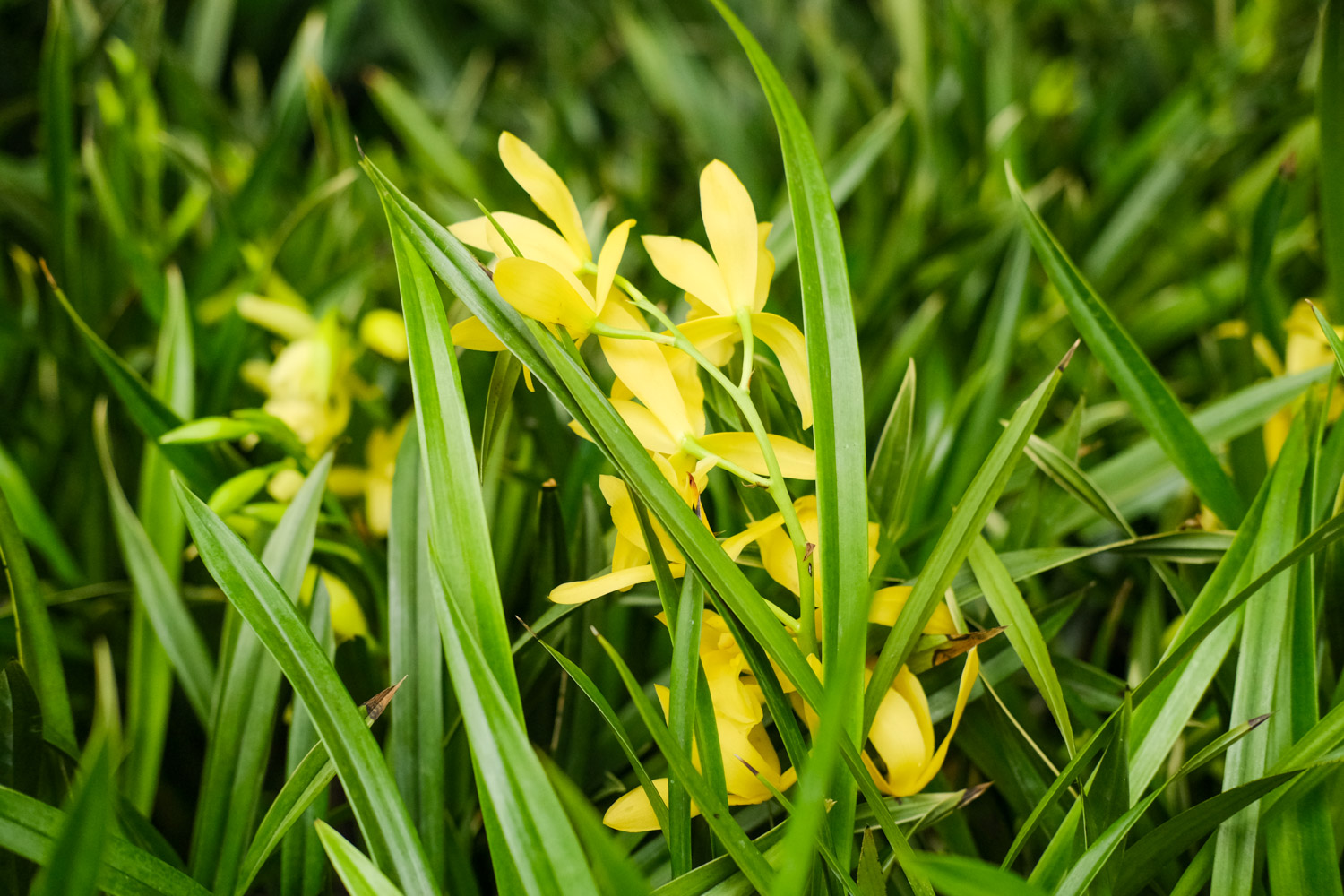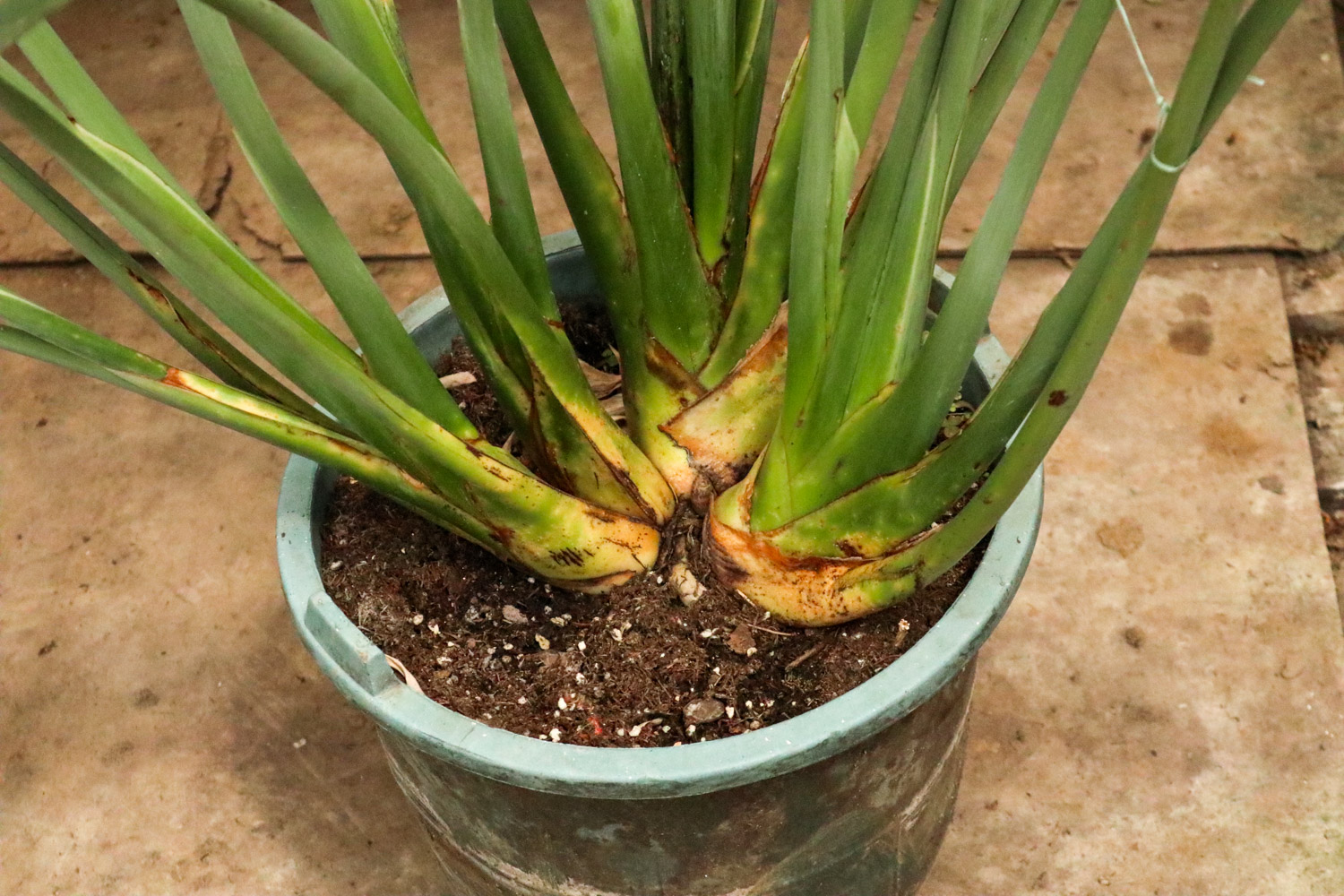1、 Soil conditions
Generally, the substrate for cultivating orchids is called planting material, which can be soft or hard. The choice of planting materials is also different according to different regions and climates. Soft plant materials are mainly sapropel, perlite and peat soil. This kind of plant material has high nutrition and strong water holding capacity, but it is easy to rot if the water is not well controlled. Hard plant materials are mainly pine bark, coconut shell and peanut shell. This kind of plant material has good drainage capacity, but the fertilizer is also easy to lose. Generally, hard planting materials are selected in high-temperature and rainy areas, while soft planting materials are selected in dry and cold areas

2、 Basin soil preparation
1. Soft plant materials: soft plant materials mainly include sapropel, perlite, peat soil, etc. It is mainly composed of rotten leaf soil, and peat soil and sandy soil are added at the same time. The ratio of the three is about 6:3:1. After fully mixed, a little organic fertilizer can be added as the base fertilizer to supplement the nutrition of orchids
2. Hard plant materials: hard plant materials mainly include pine bark, fairy soil, planting stone, bluestone, etc. The proportion of pine bark is relatively high, usually between 40% and 60%. Fairy soil and phytolith can be added in equal quantities. If it is a weak seedling, the bark can be less, and the fairy soil and planting stones can be more

3、 Precautions
1. Selection of planting materials: the climate in the south is relatively humid and there is more rain, so hard planting materials with better drainage should be selected. The north is relatively dry and colder in winter. Soft plant materials with water and heat preservation can be selected
2. Watering difference: the drainage of soft plant material is very strong, so watering should be frequent, usually once every two days. Hard plant material has good water holding capacity. Watering should not be too frequent, otherwise it is easy to submerge roots. Generally, it can be done once every 5 days


 jackfruit
jackfruit snake plant
snake plant hibiscus
hibiscus hydrangea
hydrangea lavender
lavender Green roses climb al...
Green roses climb al... If you don't pay att...
If you don't pay att... Management of four g...
Management of four g...



































